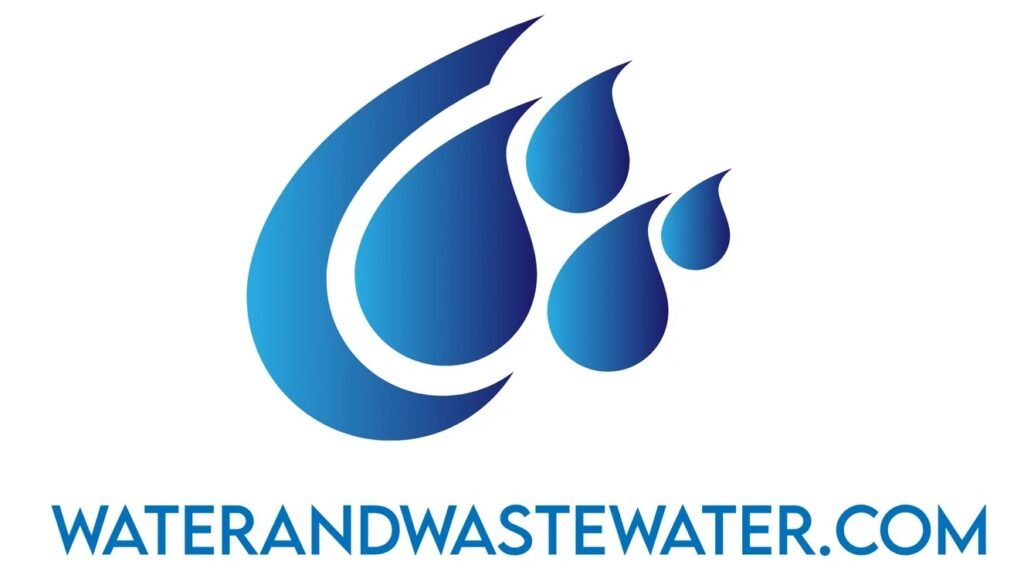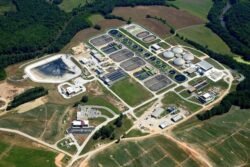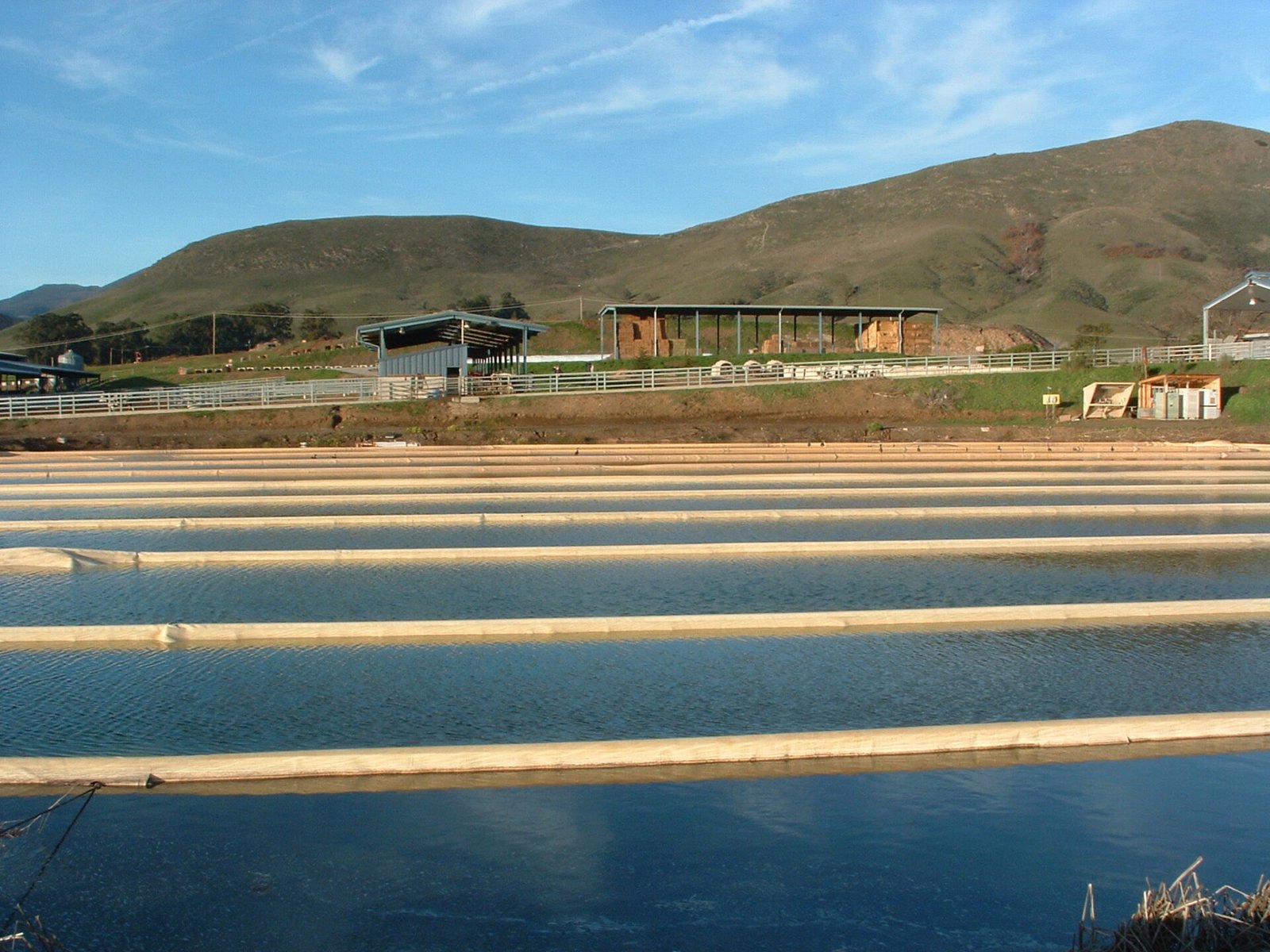
Wastewater Treatment Polymer
The Role of Wastewater Treatment Polymers: Enhancing Process Efficiency and Environmental Sustainability
Introduction
As the global population continues to grow and urbanize, the challenge of managing wastewater effectively has never been more pressing. Wastewater treatment facilities are at the forefront of addressing both public health and environmental concerns, making the role of wastewater treatment polymers crucial. These polymers, which serve as coagulants, flocculants, and dewatering aids, help optimize treatment processes, improve effluent quality, and reduce the environmental impact of wastewater disposal. According to recent industry analysis from the Global Water Market Report, the global demand for wastewater treatment chemicals, including polymers, is anticipated to grow at a compound annual growth rate (CAGR) of 6.3% until 2025, underscoring their critical importance in modern treatment facilities.
In this comprehensive article, we will explore the many facets of wastewater treatment polymers, examining their types, applications, challenges, and advancements. We will also address common questions and concerns related to their use, providing wastewater treatment professionals and facility managers with valuable insights.
1. Understanding Wastewater Treatment Polymers
1.1 What Are Wastewater Treatment Polymers?
Wastewater treatment polymers are large, chain-like molecules that can play a transformative role in various treatment processes. They are primarily categorized as either natural or synthetic, each possessing distinct properties and applications.
-
Natural Polymers: Derived from biological sources, examples include starches, guar gum, and cellulose. These are often favored for their biodegradability and minimal environmental footprint.
- Synthetic Polymers: These are manufactured via chemical processes and are commonly used due to their versatility and ability to be tailored for specific applications. Examples include polyacrylamides (PAM) and polyethylene oxide (PEO).
Research published in leading environmental engineering journals indicates that synthetic polymers are particularly effective in enhancing the dewatering processes, leading to reduced sludge volume and improved transportation efficiencies.
1.2 Mechanisms of Action
The primary functions of wastewater treatment polymers can be classified as coagulation, flocculation, and stabilization:
-
Coagulation: This process involves the aggregation of suspended particles into larger clusters. Polymers neutralize the charged surfaces of particles, allowing for easier aggregation.
-
Flocculation: After coagulation, flocculation promotes the formation of larger, settleable particles (flocs). By bridging particles together, polymers help improve settling rates and reduce turbidity in treated water.
- Dewatering: During sludge handling, polymers assist in separating water from solids, effectively reducing the volume of sludge that needs to be managed. Effective dewatering can lower disposal costs and improve overall operational efficiency.
1.3 Performance Metrics
The effectiveness of wastewater treatment polymers can be assessed using several performance metrics, including:
-
Particle Size Distribution: Effective polymers increase the average size of flocs, promoting better settling.
-
Sludge Volume Reduction: A successful dewatering process can achieve a reduction in sludge volume by up to 90%, translating to significant cost savings.
- Treatment Efficiency: Enhanced floc formation can lead to a reduction in chemical oxygen demand (COD) in the effluent by more than 70%, according to various studies.
2. Applications of Wastewater Treatment Polymers
2.1 Municipal Wastewater Treatment
Polymer usage in municipal wastewater treatment facilities has become a common practice aimed at ensuring compliance with stringent environmental regulations. The ability to efficiently treat sewage and remove pollutants is essential for public health and environmental preservation.
According to the U.S. Environmental Protection Agency (EPA), over 34,000 wastewater treatment facilities operate in the United States, all seeking innovative methods to enhance treatment quality. High molecular weight cationic polymers are frequently utilized in these applications to improve floc formation and settleability in primary and secondary treatment processes.
2.2 Industrial Wastewater Treatment
Industrial applications encompass a wide range of wastewater types, including those from manufacturing, food processing, and oil and gas extraction. Each of these sectors has unique challenges, such as high concentrations of suspended solids and varying pH levels, which can affect polymer effectiveness.
Research by the Water Environment Federation indicates that the food processing industry alone generates approximately 4 billion gallons of wastewater daily, necessitating efficient treatment solutions. In such cases, specific coagulants and flocculants tailored to the industry can enhance the treatment process, ensuring compliance with effluent standards.
2.3 Sludge Management and Thickening
Effective sludge management is critical for optimizing the operational efficiency of wastewater treatment plants. Polymers facilitate sludge thickening and dewatering, reducing disposal costs, improving biosolid recovery, and enhancing the overall sustainability of the treatment process.
Recent findings from environmental technology journals highlight that polymer-enhanced sludge dewatering can cut transportation and disposal costs by upwards of 30%. This becomes increasingly valuable as regulations tighten around landfill disposal and incineration, prompting facilities to seek alternative, cost-effective biosolid management strategies.
3. Challenges and Considerations
3.1 Selection of the Appropriate Polymer
Choosing the right polymer for a specific application is essential and can become a complex decision due to the wide variety of polymers available. Factors to consider include:
-
Charge Density: Different wastewater types require polymers with varying charge densities for optimal performance. Tests should be conducted to evaluate the most effective product based on the characteristics of the influent.
- Molecular Weight: Higher molecular weight polymers generally offer better flocculation capability but may impede dewatering in some scenarios.
3.2 Environmental Impact and Safety
While polymers enhance treatment processes, concerns regarding their environmental impact and user safety are valid. Synthetic polymers can sometimes introduce toxic residues into the environment if not utilized and managed effectively.
According to the EPA, comprehensive studies must be conducted to assess the environmental toxicity of discharges from wastewater treatment plants, especially those using synthetic polymers. Facilities should consider biodegradable or eco-friendly alternatives wherever possible.
3.3 Regulatory Compliance
Another challenge is maintaining compliance with rapidly evolving government regulations surrounding wastewater treatment. Facilities must remain updated on both national and local regulations, which can often necessitate adjustments in polymer usage and disposal practices.
Regular training and education for facility managers and operators can bolster compliance efforts, ensuring that all staff members remain aware of best practices in polymer selection and use.
4. Future Trends and Innovations
4.1 Advancements in Polymer Technology
As research continues to advance, new formulations are being developed that boast improved efficacy and reduced environmental impact. Innovations such as bio-based polymers and multifunctional additives are emerging to address the demand for more sustainable solutions.
Research published in waste management journals suggests that bio-based and biodegradable polymers can provide similar or enhanced performance in wastewater treatment processes while alleviating environmental concerns related to synthetic residues.
4.2 Digital Solutions and Automation
The future of wastewater treatment is increasingly leaning towards automation and real-time data analysis. Smart sensors and control systems can monitor and optimize polymer dosing, ensuring maximum efficiency and cost-effectiveness in treatment processes.
According to a report by the International Water Association, implementing digital solutions in wastewater treatment could reduce operational costs by up to 20% while improving compliance with effluent standards.
Conclusion
Wastewater treatment polymers are indispensable tools in the quest for effective and sustainable wastewater management. By understanding their functions, applications, and the challenges they present, wastewater professionals can optimize their use, improve treatment efficiency, and meet regulatory requirements with confidence.
As the industry embraces innovative trends and technologies, the future of wastewater treatment will undoubtedly become more efficient and environmentally friendly. The continued investment in research and development will not only enhance polymer performance but also align treatment practices with the overarching goal of sustainability.
Finally, addressing the questions and concerns surrounding wastewater treatment polymers ensures that facility managers and operators are well-informed, leading to better decision-making in the pursuit of effective wastewater management.
“With ongoing advancements, the evolution of wastewater treatment polymers is set to make a significant impact—one that benefits not only treatment facilities but society and the environment as a whole.”

